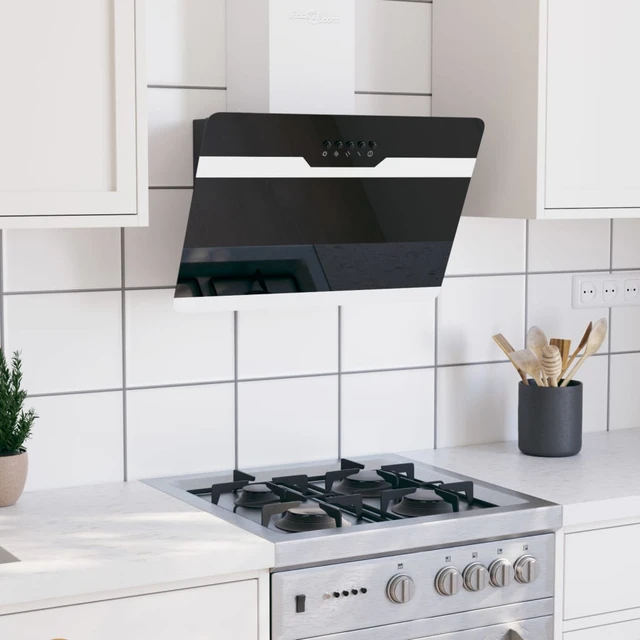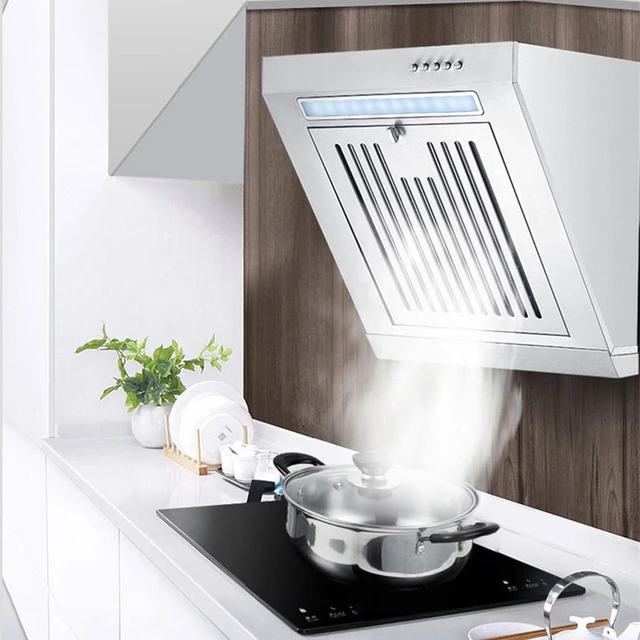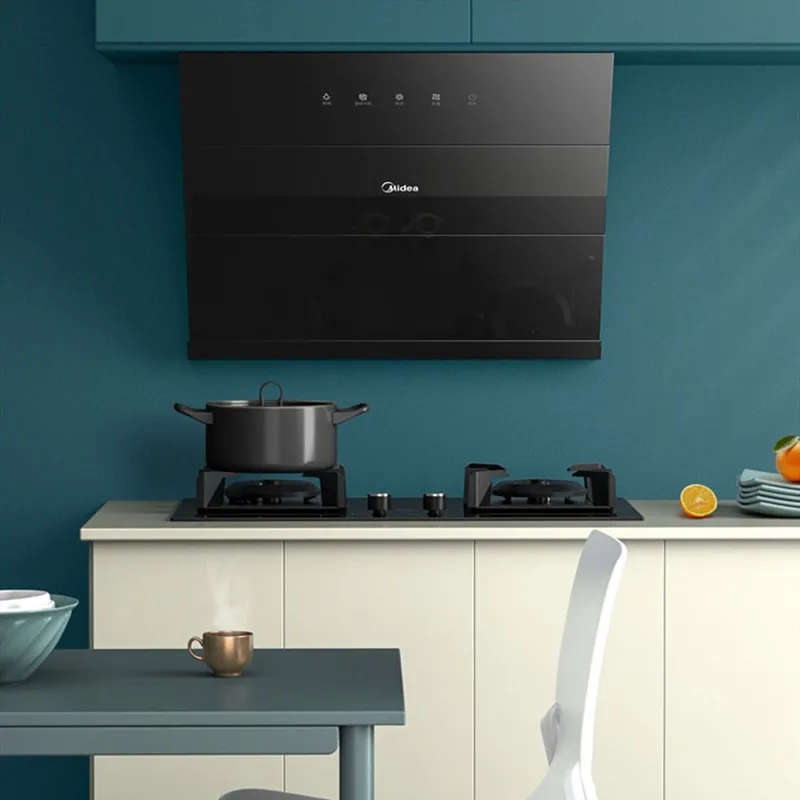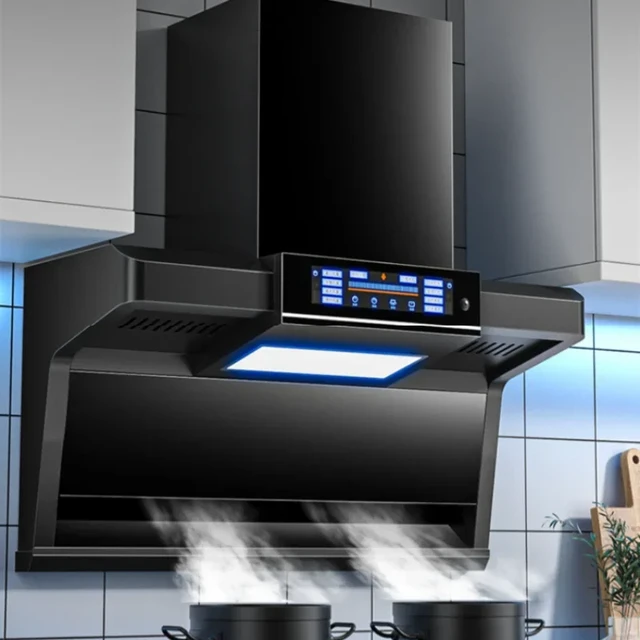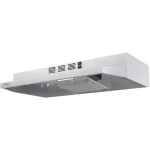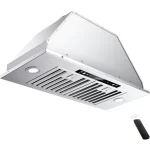Introduction
Finding the optimal height for a range hood above the stove is crucial for effective ventilation and safety in the kitchen. Proper placement ensures that the hood can efficiently capture and remove cooking fumes, smoke, grease, and odors, while also preventing potential hazards such as fire risks and heat damage. In this comprehensive guide, we’ll explore the factors to consider when determining the ideal height for your range hood above the stove and provide tips for finding the perfect placement.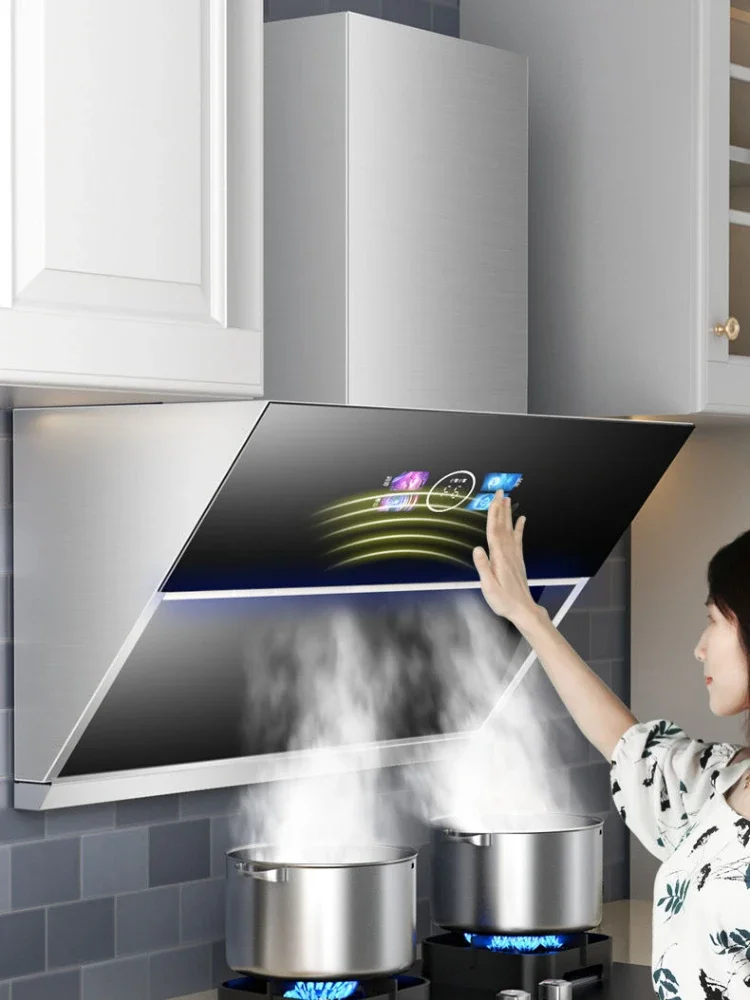
Consider Manufacturer Recommendations:
- Start by consulting the manufacturer’s guidelines and installation instructions for your specific range hood model. Manufacturers typically provide recommendations for the optimal height above the stove based on the hood’s design, airflow capacity, and intended usage.
- Follow the recommended minimum and maximum height ranges specified by the manufacturer to ensure optimal performance and safety.
Evaluate Cooktop and Hood Dimensions:
- Take into account the dimensions of your cooktop or range, as well as the size and coverage area of the range hood.
- The hood should ideally extend beyond the edges of the cooktop to effectively capture cooking emissions. Ensure that there is sufficient overlap on all sides to prevent smoke and steam from escaping.
Maintain Adequate Clearance:
- Allow for adequate clearance between the bottom of the range hood and the cooking surface to prevent obstruction and ensure proper airflow.
- A general guideline is to maintain a minimum clearance of 24 to 30 inches between the bottom of the hood and the cooking surface. However, this distance may vary depending on the hood’s design and the type of cooking you do.
Consider the Hood’s Capture Area:
- Evaluate the size and shape of the hood’s capture area, which is the portion of the hood that actively captures cooking pollutants.
- Position the hood at a height that aligns with the center or slightly above the cooktop’s burners to maximize capture efficiency. This allows the hood to effectively draw in smoke, steam, and airborne particles.
Account for Ceiling Height:
- Take into account the height of your kitchen ceiling when determining the placement of the range hood.
- For standard ceiling heights (typically 8 to 9 feet), the recommended distance between the cooktop and the bottom of the hood is generally between 24 to 30 inches. However, for higher ceilings, you may need to adjust the height accordingly to maintain optimal performance.
Ensure Adequate Ventilation:
- Consider the ventilation ductwork and airflow requirements when installing the range hood.
- Position the hood in a location that allows for easy access to the existing ductwork or facilitates the installation of new ductwork if necessary.
- Opt for ducted ventilation whenever possible, as it provides superior airflow and pollutant removal compared to recirculating or ductless systems.
Test for Effectiveness:
- After installing the range hood, test its effectiveness by observing how well it captures and removes cooking emissions.
- Cook various dishes with different levels of smoke and steam production, and pay attention to whether the hood effectively captures and expels pollutants.
- Make adjustments to the height or positioning if necessary to optimize performance.
Consider User Comfort and Safety:
- Take into account the comfort and safety of the individuals using the stove and range hood.
- Position the hood at a height that allows for easy access to the cooking surface without causing discomfort or obstructing visibility.
- Ensure that the hood is installed securely to prevent accidental tipping or dislodging, especially if it extends beyond the edge of the cooktop.
Customize Placement Based on Cooking Habits:
- Customize the height and placement of the range hood based on your specific cooking habits and preferences.
- If you frequently use tall pots or cookware, adjust the hood’s height accordingly to ensure adequate clearance.
- Consider installing a telescopic or adjustable range hood that allows you to modify the height as needed to accommodate different cooking scenarios.
Seek Professional Guidance if Unsure:
- If you’re uncertain about the optimal placement of your range hood, consider consulting with a professional installer or contractor.
- A qualified professional can assess your kitchen layout, ventilation requirements, and specific needs to recommend the best placement for your range hood.
- They can also ensure that the hood is installed correctly and meets local building codes and safety regulations.
Test for Noise Levels:
- When positioning the range hood, consider its proximity to living and dining areas where noise may be a concern.
- Test the hood for noise levels during operation, especially at higher fan speeds, to ensure that it doesn’t disrupt household activities or conversations.
- If noise is a significant issue, opt for a range hood with sound-reducing features or consider installing additional sound insulation.
Regularly Clean and Maintain the Range Hood:
- Maintain the efficiency and effectiveness of your range hood by regularly cleaning and servicing it.
- Clean the hood’s filters, ductwork, and exterior surfaces to remove grease, dirt, and debris that can accumulate over time and impede airflow.
- Schedule professional maintenance as needed to inspect and address any issues with the hood’s motor, fan, or ductwork to ensure optimal performance.
By considering these additional factors and guidelines, you can further refine the placement of your range hood above the stove to create a functional, safe, and comfortable kitchen environment. Whether you’re renovating an existing kitchen or designing a new one, finding the perfect placement for your range hood is essential for maximizing its performance and enhancing your overall cooking experience.
Account for Cooking Style and Frequency:
- Consider your typical cooking style and frequency when determining the placement of the range hood.
- If you frequently cook foods that generate a lot of smoke, steam, or grease, you may want to position the hood slightly lower to ensure efficient capture and removal of pollutants.
Evaluate Kitchen Layout and Design:
- Take into account the overall layout and design of your kitchen when determining the placement of the range hood.
- Ensure that the hood’s placement complements the aesthetic of the kitchen and doesn’t obstruct sightlines or create visual clutter.
Optimize Lighting and Visibility:
- Position the range hood at a height that allows for optimal lighting and visibility while cooking.
- Choose a hood with built-in lighting or consider installing additional task lighting to illuminate the cooking surface and enhance visibility during food preparation.
Consider Heat Dissipation:
- Take into consideration the heat generated by the stove and cooking appliances when positioning the range hood.
- Position the hood at a height that allows for effective heat dissipation and prevents excessive heat buildup in the surrounding area.
Test for Compatibility with Cabinet Height:
- If your kitchen has overhead cabinets above the stove, ensure that the range hood’s placement allows for compatibility with the cabinet height.
- Adjust the hood’s height as needed to avoid interference with cabinet doors or shelves when opening and closing.
Account for Personal Preferences:
- Ultimately, the optimal height for your range hood above the stove may depend on your personal preferences and priorities.
- Experiment with different heights and configurations to find the placement that best suits your cooking habits, lifestyle, and aesthetic preferences.
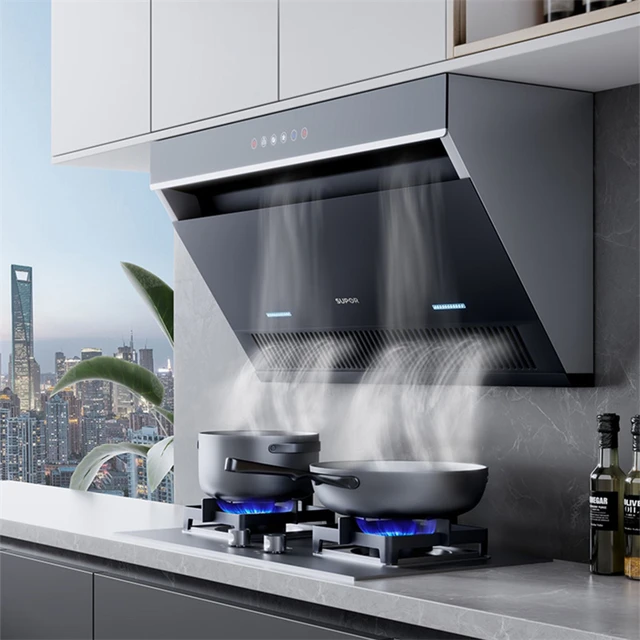 In conclusion
In conclusion
Finding the optimal height for a range hood above the stove requires careful consideration of various factors, including manufacturer recommendations, cooktop dimensions, clearance requirements, capture area, ceiling height, and ventilation needs. By following these guidelines and experimenting with placement as needed, you can ensure that your range hood effectively removes cooking pollutants and maintains a clean, comfortable kitchen environment. 